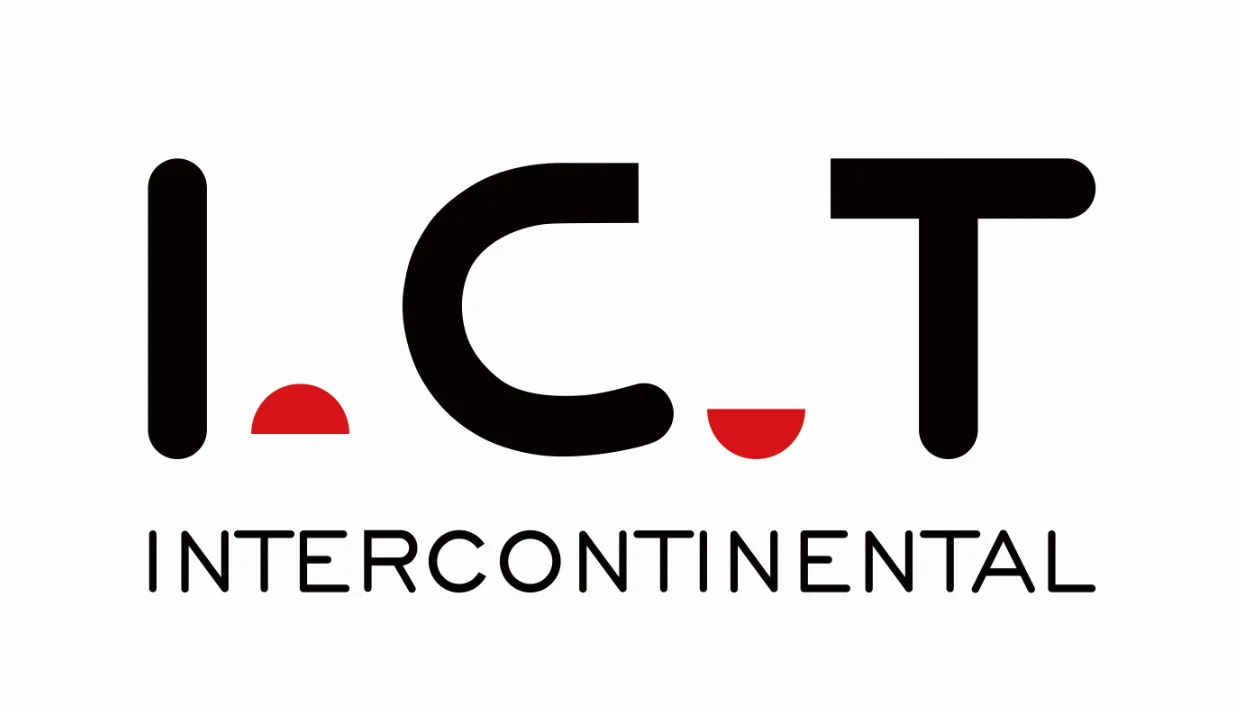
The wave soldering machine process means that after the board enters the wave soldering machine through the conveyor belt, it passes through a form of flux coating device where the flux is applied to the board by wave crest, foaming or spraying. Since most fluxes must reach and maintain an activation temperature during soldering to ensure complete wetting of the solder joints, the board must pass through a preheating zone before entering the peak bath. Preheating after flux application can gradually increase the temperature of the PCB and activate the flux, which also reduces the thermal shock of the assembly as it enters the peak.
Wave soldering machine is a process in which a molten solder is sprayed into a planned solder wave by an electric pump or an electromagnetic pump, and a printed board pre-loaded with electronic components is passed through a solder wave to complete a component solder terminal or a lead and a printed board. Soldering of mechanical and electrical connections between pads. Wave soldering machine has been used in printed board assembly for more than 20 years. Now it has become a very sophisticated electronic assembly process technology. Now it is mainly used for the welding of through-hole assembly components and external components using hybrid assembly methods. Nowadays, the wave soldering machine basically adopts the heat radiation method for preheating. The commonly used wave soldering machine preheating methods include forced hot air convection, electric heating plate convection, electric heating rod heating and infrared heating. In these approaches, forced hot air convection is often considered a useful heat transfer method for wave soldering machines in most processes. After preheating, the board is soldered using a single wave (λ wave) or a double wave (spoiler wave and lambda wave). For a perforated component, a single wave is sufficient. When the board enters the wave, the direction of the solder activity is opposite to the direction of the board, and eddy currents can occur around the component leads. This is like a scrubbing process that removes all the flux and oxide film residue and creates a moisturization when the solder joint reaches the moisturizing temperature.
❙ Wave Soldering Machine Video










